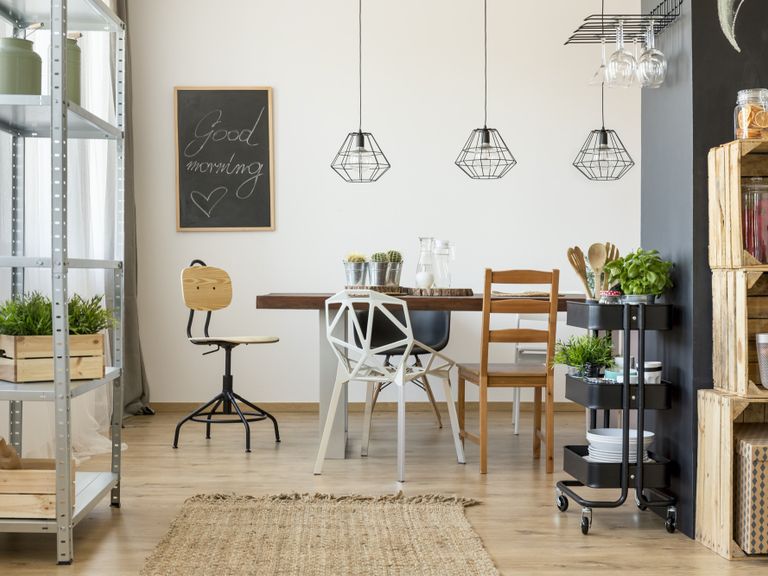SOY WAX
When it comes to shopping for candles, the scent and aroma shouldn’t be the only factor to consider. Candles can be made out of a variety of different waxes, with each wax having different properties that affect the performance. Candles can be made from paraffin wax, soy wax, palm wax, and granulated wax just to name a few. The Candle Studio uses 100% soy wax for all of our candles and that’s just one of our secrets that sets our products apart from the rest


why choose soy wax?
Soy wax is made from environmentally friendly, renewable resources; whereas classic paraffin wax is made from petroleum and is non-renewable. Not only are there “green” advantages to choosing soy wax over a different type of candle wax, but soy wax also burns slower than paraffin wax, meaning you get a candle that lasts longer. While all candles emit some black soot while burning, candles made from soy wax burns cleaner and results in less soot. Another reason to choose soy wax when it comes to candles is the fact that soy wax is an excellent fragrance carrier that does not require chemical amplifiers. The result is a well-balanced true to scent candle.
Allumé Soy Wax Candles
All of the candles at The Candle Allumé London are made from soy wax and by now you probably understand why! Since soy wax is a natural product, you may notice slight variations throughout the year. The wax may be very soft in its solid state, or as hard as a rock during other times. Sometimes the wax melts so clear and translucent, and other times it may melt and look a little cloudy. All of this is normal and expected when choosing a soy candle. We take pride in the quality of our products at The Candle Studio and do regular tests to ensure we are offering the best quality to our customers. If you notice any performance issues with your candle, please reach out to one of our team members so we can assist you.
"Only way we show the world we're grateful for life is caring for it."


Art of Making Essential Oil
Art of Making Essential Oils Although there are more than 700 types of aromatic plants used to make essential oils today, only about 40 of them are commonly used. There are also countless combinations of various blends of flowers, herbs, and spices. There are several processing methods that are simple, fun, and produce wonderfully scented oils to create harmony and balance in your home. Once you learn how to make essential oils at home, the process will become easier and your creativity will soar as you explore new plants and combinations.
Tips for Making Your Own Essential Oils
When making your own essential oils at home, consider the following tips:
- We Always start with very clean equipment; clean and sterilize jars
- Although it probably seems like making large batches would be easier, we find best to make these in small batches since essential oils have a relatively short shelf life.
- We use the purest materials available. We try to find organic herbs and oils.
- We use a funnel to pour your oils into one-ounce dropper bottles for easy application.
- We always wear gloves when handling or blending pure essential oils and keep the undiluted oils from coming into contact with skin keeping clean and sanitary.
- We use pure essential oils. A good rule of thumb is 2 drops of pure essential oil for one teaspoon of a carrier oil. we do not need to add carrier oil to infused oils, as they are already diluted.
- We observe basic safety rules, such as never ingesting an essential oil.
- Infused culinary oils are popular gifts but require special methods and further study to ensure product safety.
- Working with essential oils is flammable, so we keep them away from open flame or other heat sources.




© Copyright. All rights reserved.
